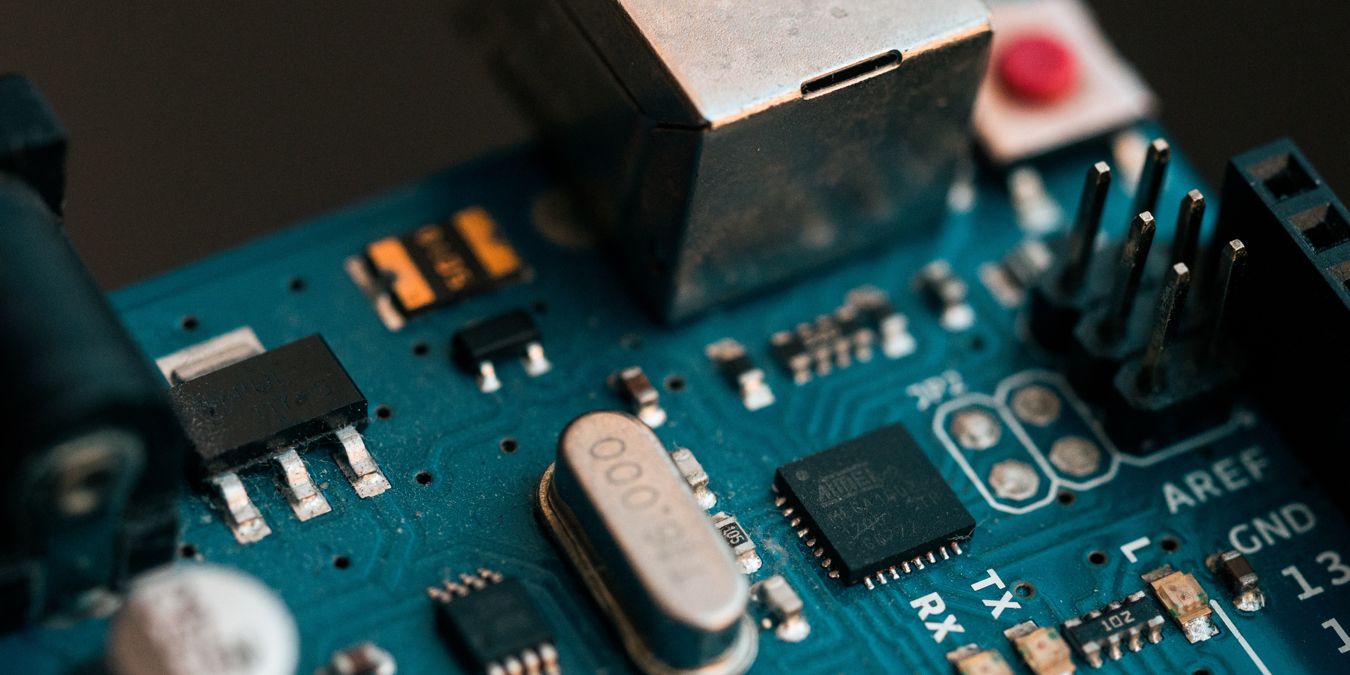
Too expensive? Too lacking? There’s a lot to be said with the official Arduino Uno design. If you’re looking for something that gives more bang for the buck, though, then here are five alternatives using the famous Arduino Uno’s form factor!
Why Arduino Uno?
Arduino Uno boards are famous, and that’s an understatement. You can see them everywhere, and there are even guides on how to make your own Arduino Uno board if you know what you’re doing.
That said, you will find a lot of third-party support for the Arduino Uno. Shields are the most important bit – it’s easier to find an Uno shield than a Mega or Nano shield.
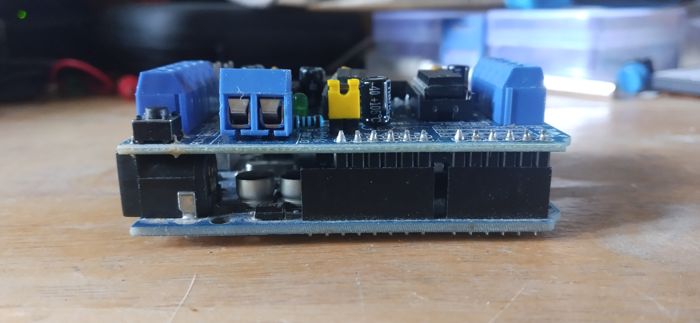
Shields help a lot by connecting directly on top of the Uno’s board to give it more functionality. Some make it easier to add sensors, others save space by having all external parts in one fit-it-on-the-board package.
If you have to look for an Arduino alternative, you have to look at something that has at least the same form factor as that of the iconic Arduino Uno. Uno shields can only fit on Uno-based boards after all.
Flaws of the Arduino Uno
Most Uno alternatives have a few things in common. Usually, it’s just the microprocessor chip. Lots of them – even the bootleg Chinese clones – use smaller surface-mounted microcontroller chips instead of the removable version of the ATmega328P.
And it’s easy to see why they’d use anything but the ATmega328P:
They’re Expensive and Cost-Ineffective
To cut down costs, third party manufacturers often use CH340 chips which don’t work as well as the ATmega328P but kind of does most things you’d do on an Arduino Uno board.
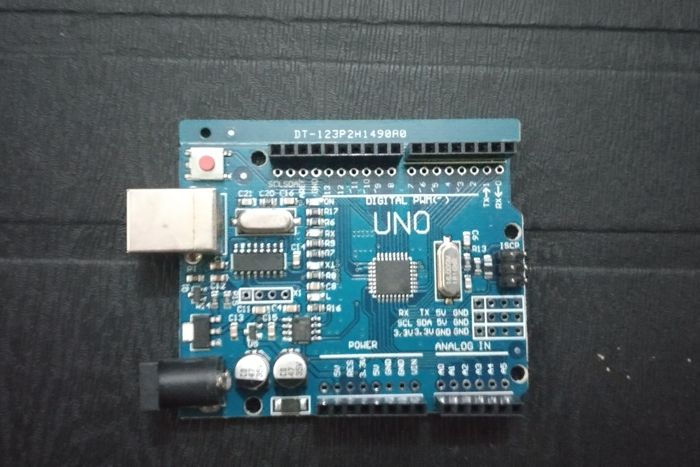
The result is a lower price up to 5 times cheaper than the original. And they can lower the price even more by skimping on other parts and features.
Legitimate Arduino boards are expensive. Mostly because they have to cover the price for research and maintaining the Arduino IDE’s development, as well as other products that bring robotics to a wider audience.
There Could Be More Features in the Same Shape
Uno-based boards may seem bulky, but there’s more to it than that. You could say that the Arduino Uno is the de facto standard when it comes to shields. And if you have to follow the same bulky shape for shield compatibility, then why not add more features in it?
And if you look at all the better boards, the Arduino Uno’s form factor could do way more than what it already does. From wireless connectivity to electrical protection to an even higher clock rate, the Uno isn’t the best when it comes to functionality.
Now this is not an attack on the Arduino Uno and the genius people behind it. But there’s just a lot of things that could be done better.
Our Top Arduino Uno Alternatives
1. Elegoo Uno R3
The Arduino Uno’s cheaper clone, the Elegoo Uno R3, works exactly the same way for half the price. It works exactly the same and uses the same Arduino IDE. Perhaps the only difference is the logo.
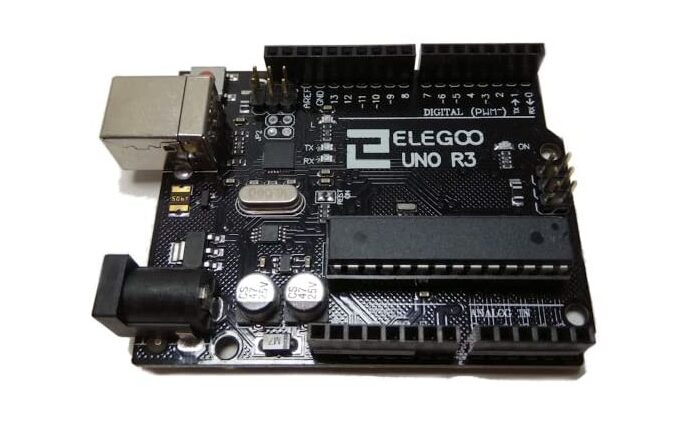
Pros:
- Similar parts as an Arduino Uno R3
- Identical in terms of parts and performance (for newer units)
- Way cheaper
Cons:
- Older units might not be able to use custom firmware
Do take note that the older Elegoo Uno R3s didn’t come with the programmable ATmega16U2 chip for USB communications, so you might not be able to flash your own custom firmware on a secondhand board if the need comes for it.
2. Seeeduino V4.2(ATMega328P)
Seeeduino V4.2(ATMega328P) is like a Github repository that’s been forked, improved on, and given way more features than the original has ever had. It comes at less than a fourth of the price, making it a feature-rich but also cheaper Arduino Uno alternative.
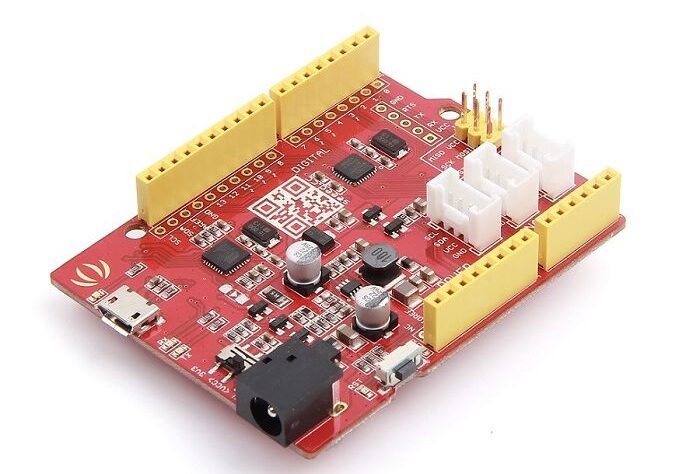
Pros:
- Built-in Grove connectors for Grove modules
- Additional pin headers can be soldered on the sides
- USB-B replaced with microUSB
Cons:
- Some Grove connectors might not fit while using shields
This board features three Grove connectors. This way, you won’t need a Grove shield to work with Grove modules. And if it fits, you can use a different shield while making use of the Grove connectors from underneath.
3. Ruggeduino
An overengineered piece of silicon wafers that’s more durable than a 3310 Nokia, the Ruggeduino can be overvolted, exposed to below-freezing temperatures, shorted out – it’s basically a tough Arduino that can cover a lot of newbie mistakes and more.
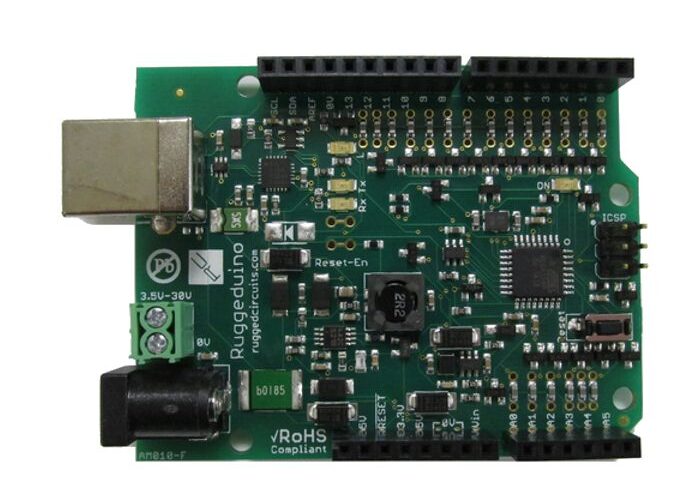
Pros:
- Literally indestructible
- Lets you do anything you can do with an Uno
- Optional solderable header pins
Cons:
- More expensive than an ATmega328P replacement chip
Granted, it costs way more than an Arduino Uno and doesn’t have a removable ATmega328P microprocessor chip. But why would you need a new one if you’ll never end up breaking it anyway?
4. Wemos D1 R32
If the Arduino Uno and the ESP32 had a baby, that would be the Wemos D1 R32. It’s an ESP32 with the same form factor as the Arduino Uno but using the surface-mounted ESP32-WROOM-32 instead of the removable ATmega328P.
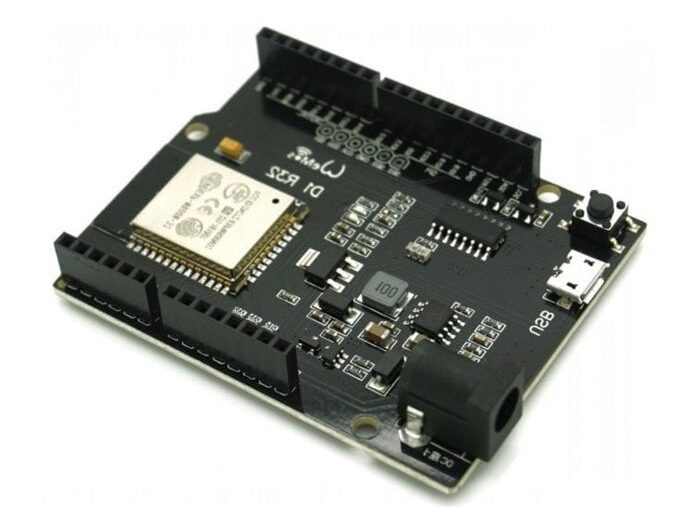
Pros:
- Better microcontroller chip
- Wireless functionalities
- Can be programmed with MicroPython
- Has a microUSB port
Cons:
- 3.3v logic only
- The microUSB port can break if the plug is pulled in the wrong way
This board inherits everything that the ESP32 could do. It has wireless functions, programmable with MicroPython, and faster clock speed. However, it also uses 3.3V logic, which kind of limits the kind of shields and modules you could use on it.
5. STM32 Nucleo-64
If you’re getting deeper into the hobbyist microcontroller realm but only have Arduino Uno-based parts, you might want to snag an STM32 Nucleo-64 the next time it’s on sale. This board is much larger than the Arduino Uno with extra male header pins, but also contains female headers that fit well on an Uno shield.
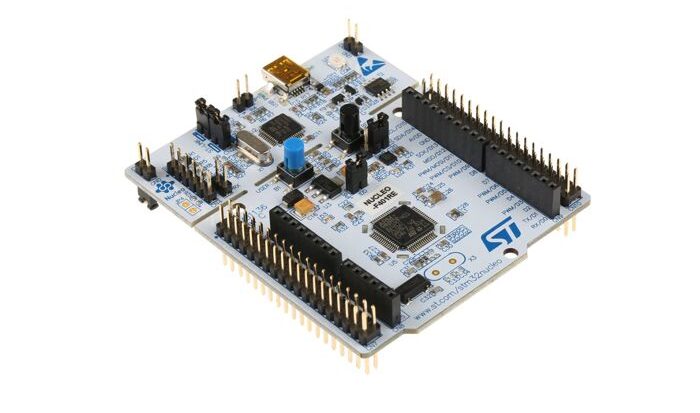
Pros:
- Almost similar price to the Arduino Uno
- Uses an ARM-based microcontroller chip
- Has a programmable button
Cons:
- Quite larger than the Uno
- No DC barrel jack
There is also another board in the Nucleo series that follows the Arduino Nano’s form factor, if that’s what you’re looking for.
Frequently Asked Questions
Is there a way to make the Wemos D1 R32 communicate in 5V logic?
Like all ESP32-based boards, you can use a 5V-to-3.3V bidirectional logic level shifter to convert 5V signals to 3.3V and back. You can use one with multiple channels to save on board space.
What makes Arduino boards so expensive?
Besides the quality parts and how expensive it is to assemble everything from Italy, every cent you pay for an Arduino board also supports the research that brings free, open source designs for anyone to use and improve on.
Is STM32 Nucleo-64 AVR or ARM?
The STM32 processor used in the Nucleo-64 is ARM-based 32-bit.
Image credit: Arduino close up source. Arduino with L293D and CH340 variant by Terenz Jomar Dela Cruz







